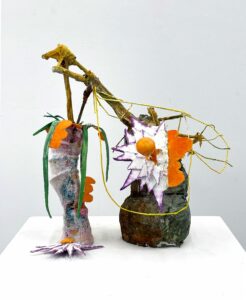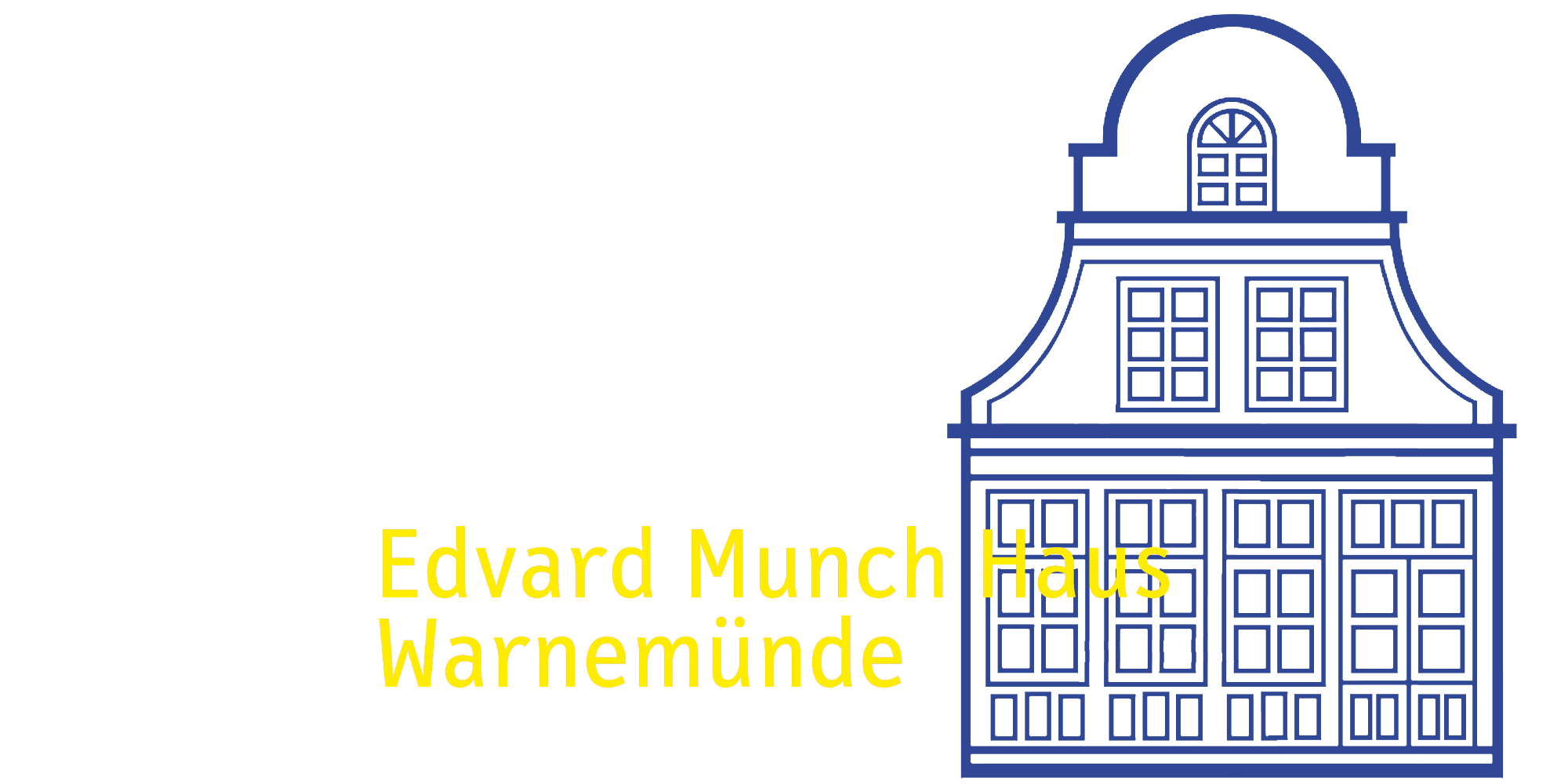The returnees (Gjenganger)
Knut Henrik Henriksen and Øystein Aasan
DIE WIEDERKEHRER (Gjenganger / Ibsen)

OT - DIN 5023

Once-Removed-You-didnt-have-a-safeword-yet
Exhibition from October 12 to November 24, 2024 at the Edvard Munch House
Exhibition opening on Saturday, 12 October 2024, 3 pm
Opening hours: Friday to Sunday 12 - 5 pm
Knut Henrik Henriksen and Øystein Aasan work with different media and forms of expression in their artistic endeavours - painting, sculpture and architectural projects. What they both have in common is that they use the studio as a testing and production site, but also as an exhibition and presentation venue. Henriksen and Aasan's studio thus becomes a tool that is on a par with other important elements of their work, such as sketches, models and texts.
A keyword for Henriksens A keyword for Henriksen´s work is “architectural doubt”, understood as a search for moments of unrest and unresolved elements in architecture, which in turn offer opportunities to reveal or reshape architectural conditions. These disturbances are often directed against building norms or building standards, and a contradictory space of possibility emerges in which the structured meets the dissolved. For this exhibition, Henriksen is showing a new series of watercolors that he began during his residency at the Munch House. The watercolors are produced with a standardized Pelikan DIN 5023 paint box, which has a limited color palette and whose conception goes back to the Bauhaus school and its color theory. In this series of works, the strict architectural structures are dissolved and tend more towards organic structures, although both the colors and the format of the drawings are based on standards.
Henriksen also shows sculptures from a more recent series in which the idea of standards is emphasised through the choice of materials; DIY architectural elements and polystyrene panels are repurposed and transformed into organic and playful sculptures, and here too the relationship between the standardised and the organic creates a meaningful friction.
A consistent theme in Aasans work is the relationship to memory. And for the exhibition at the Edvard Munch House in Warnemünde, this is evident in the choice of material, which can best be described as preparatory; sketches, notes, texts and small models. On a general level, Aasan works with memory in relation to architecture and place, such as layers of time (Koselleck), both personal and collective.
Aasan is showing works from two larger series entitled ONCE REMOVED, both of which utilise a combination of personal and collective memories of architecture and World War II military architecture and monuments respectively, creating a form of cartography and typology of the memories that exist in our public space.
The exhibition DIE WIEDERKEHRER (Gjenganger / Ibsen) provides an insight into the entire process leading up to the finished work, with all the elements that are important for this process in the daily work in the studio. This refers to the use of the house by Edvard Munch as well as its current partial use as a residence studio and at the same time offers the viewer the unique opportunity to join in and follow the artistic process from the idea to the work, from the interest to the finished framing.
